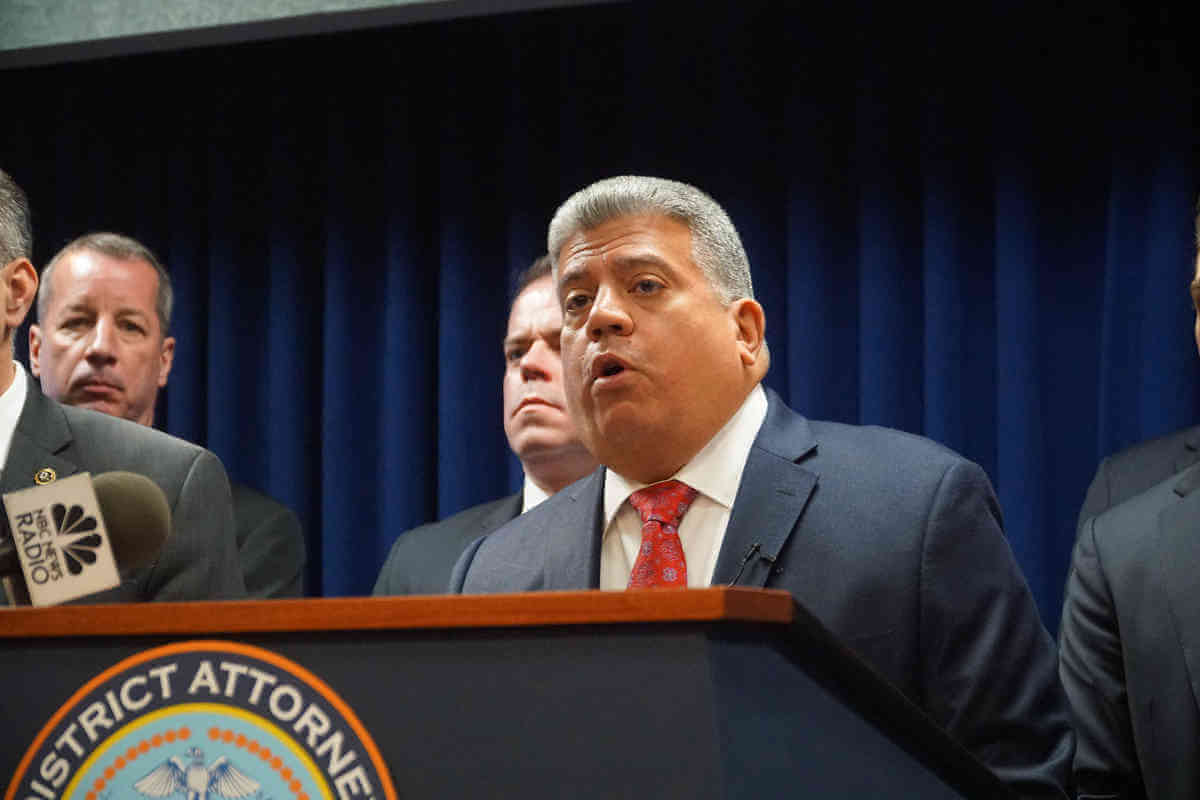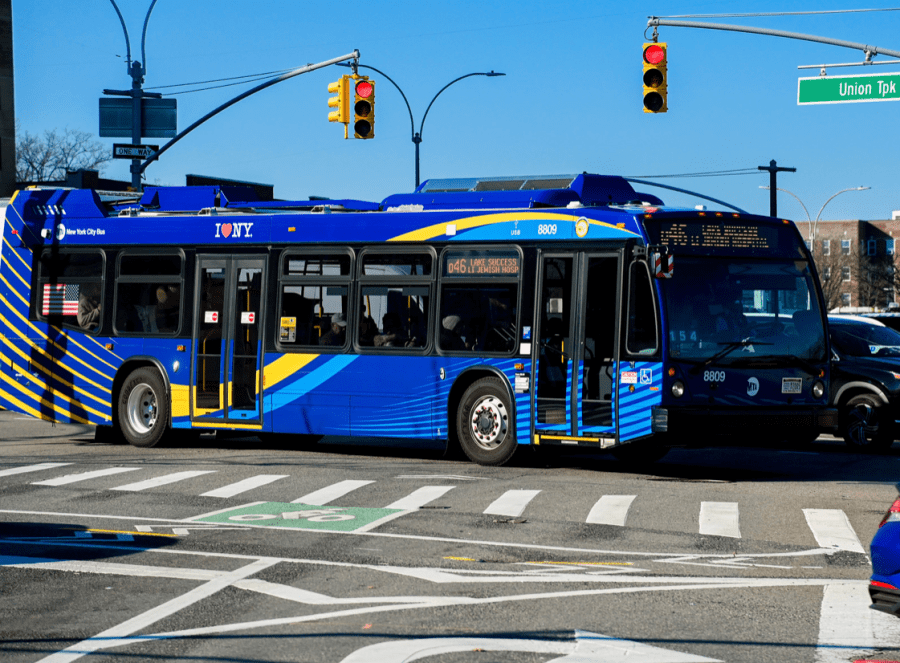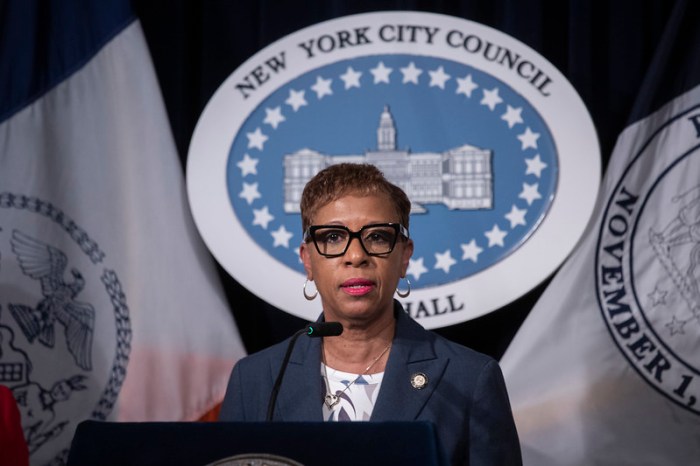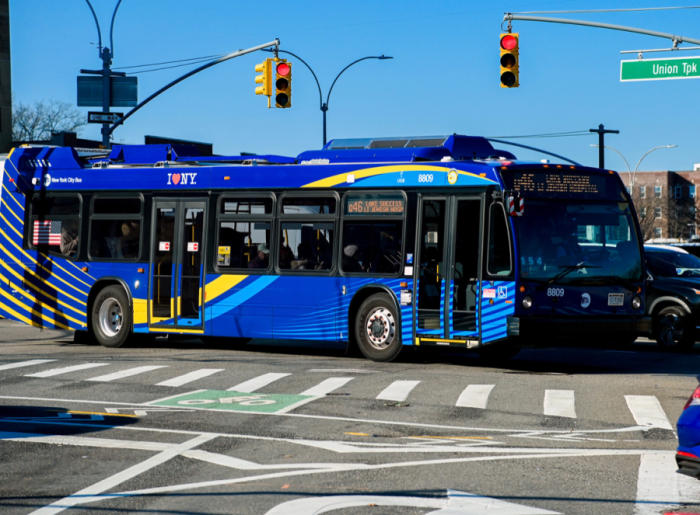
BY EILEEN STUKANE | Aware of its behind-the-times operations, the NYC Department of Buildings (DOB) is now transforming itself, becoming more technologically advanced and efficient with the online launch of DOB Now, a much-needed systemic overhaul of how the DOB functions. With developers pushing for permits to build, and the community pushing back to make sure construction does not overwhelm neighborhoods, the DOB, where all those building permits are filed, serves as mission control.
The DOB hopes its modernization will not only work for greater efficiency for building owners, architects and developers, but also for the public. A number of buildings in Chelsea and Hell’s Kitchen have been demolished because owners/developers wrongfully filed for demolitions that never should have been allowed, but were. Over the years, as the DOB approved a number of applications based upon false information provided by developers, it became clear the DOB’s system was overdue for an upgrade. After all, paperwork was being handled old-school — on paper.
Phase by phase, DOB Now is being rolled out during this last half of 2016 and through 2017. The entire department will use electronic interactions for building applications, reviews, permits, appointments, payments, schedules, and more. When complete, there will be public portals in each of the four online divisions of DOB Now: Build, Inspections, Safety, and Licensing. By the time all changes take effect, those in the building industry as well as resident New Yorkers should have an easier time investigating permits and gaining awareness of ongoing work in buildings of interest.
“The industry will conduct transactions in this system, but information [about] the transactions will be available through a public portal — that isn’t available yet — but it’s where you will be able to see information on all these transactions that will be happening in DOB Now,” said DOB Deputy Commissioner of Strategic Planning and Policy, Archana Jayaram.
“We’re excited to hear that there’s some modernization to the process, and that the DOB is creating ways to capture all this data — but really the focus on DOB Now is to streamline the process for those who have to engage with building or engage with getting permits or getting information for building safety and inspecting. It’s great, but some of the bigger problems that we have are not addressed in DOB Now,” said Community Board 4 (CB4) Chair Delores Rubin. The pertinent question on her mind, and the minds of Chelsea and Hell’s Kitchen residents, is whether the DOB will be able to catch those falsified applications. Too many buildings are being lost.
Responding to a question about whether the DOB Now system will help to red-flag falsified permits, Deputy Commissioner Jayaram said, “I think the first piece here is that there will be a lot of transparent information about what permits are active on a site. That will be the first step; to understand what has been authorized by the building. There will be greater transparency about building data. So for example, if you were to see that there was a piece of information about a building on its property profile that’s incorrect, you could call in and complain and disagree. This is a landmark building or it isn’t a landmark building. That kind of transparency and that feedback loop will allow us to ensure the right actions are being taken at a site.”
WILL THE WRONGFUL DEMOLITON OF BUILDINGS STOP? | In a recent CB4 Hell’s Kitchen Land Use Committee meeting, John Waldman, DOB’s Community Affairs Liaison, was asked about whether DOB Now would help to prevent the loss of neighborhood buildings, and acknowledged that there have been “real gaps in the system.” He explained that plan examiners are now being trained to identify special districts in the community where demolition is not allowed.
During her interview with Chelsea Now, this approach was more fully described by Deputy Commissioner Jayaram as “developing tools for the operational units to use to identify and protect the special districts. We’ve invested heavily in our analytics team and that group is creating maps that will be used by the staff that do the approval of these permits. That is the sort of interim solution to address this issue.”
At the meeting, JD Noland, chair of the CB4 Committee pointed out the demolition of 821 Ninth Ave. as a particular loss to the community. When buildings are wrongly torn down, affordable housing units are lost. Earlier this year, Related Companies demolished 500 W. 28th St. and six affordable apartments were lost. Even though the building was in the Special West Chelsea District and subject to its zoning regulations, a demolition permit was granted before the DOB recognized its error.
When Noland asked what happens to those who have wrongfully demolished a building, Waldman’s response was, “We don’t do retroactive enforcement.” He added, “If it doesn’t comply with the law, then of course we’re going to stop the job, make them [developers] take corrective action before they proceed.” CB4 Committee member James Wallace commented, “If that is the policy then that just incentivizes developers to act as fast as possible before anyone notices.”
The lack of punitive action against developers is worrisome to the community. Tom Cayler, a member of West Side Neighborhood Alliance, reminded, “On DOB applications it says that if you file a false document, it’s a misdemeanor that is punishable by a fine or imprisonment. So if [developers] file false documents so they can demolish a building, then why aren’t they being found guilty of false filing and punished for it? The community is required to catch this stuff, but there are no consequences whatsoever.”
Cayler commented that the DOB’s online system changes and increased access to information won’t be meaningful unless there are also changes in how the DOB responds to falsification of documents. The city, however, seems to be weakening rather than strengthening consequences. The NYC Dept. of Finance offered a three-month Amnesty Program from Sept. 12 to Dec. 12, 2016, when outstanding violations of the Environmental Control Board, issued by the DOB or other city agencies such as the NYC Dept. of Sanitation, Transportation, Fire, Landmarks, and Parks could be reduced and resolved.
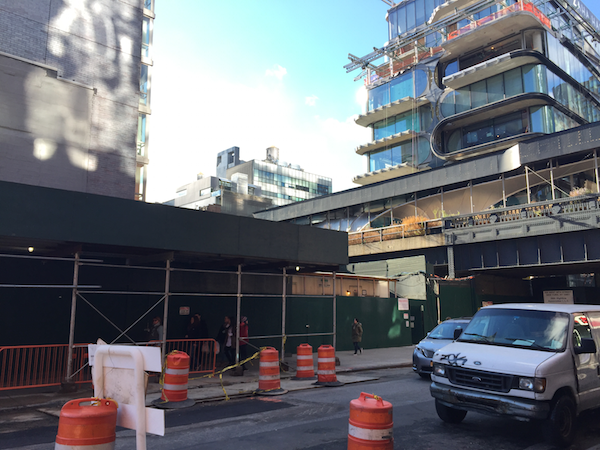
MOVING ALONG | At present, the divisions of DOB Now furthest along online are: DOB Inspections, DOB Build sections for Plumbing and Sprinklers, and the DOB Safety section for Facades. Deputy Commissioner Jayaram explains that in the up-and-running Facades section of DOB Safety, for example, “If you’re a tenant in your building and you’re worried about the façade, you can type in the address in this portal, click on ‘safety,’ and see the filings that have been completed, in a lot more detail than you’ve ever been able to see in BIS [DOB’s Building Information Search].” BIS can be found online at a810-bisweb.nyc.gov.
When DOB Now reaches completion, however, the department’s BIS site will become an archival resource. Members of the community who have come to rely on BIS for checking falsified permits and other issues related to construction and demolition will have new paths to access current information through those DOB Now public portals. Information on current building activity is also available online in the Housing and Development section of NYC Open Data (nycopendata.socrata.com). The site is designed in spreadsheet format, however, which can be more challenging to navigate.
“This investment in the department’s technology is an incredible opportunity for the agency, as well as the public, to have greater access to a lot more information that affects all of our daily lives,” said Deputy Commissioner Jayaram. “Additionally, it gives us tools…enforcement strategies around planning the future and managing our work load and managing our customer service in a much more meaningful way. This technology really positions us, [and] lets us meet the future in a much more successful way than if we didn’t have this great investment.”
Visit DOB Now at https://a810-dobnow.nyc.gov/publish/#/.









